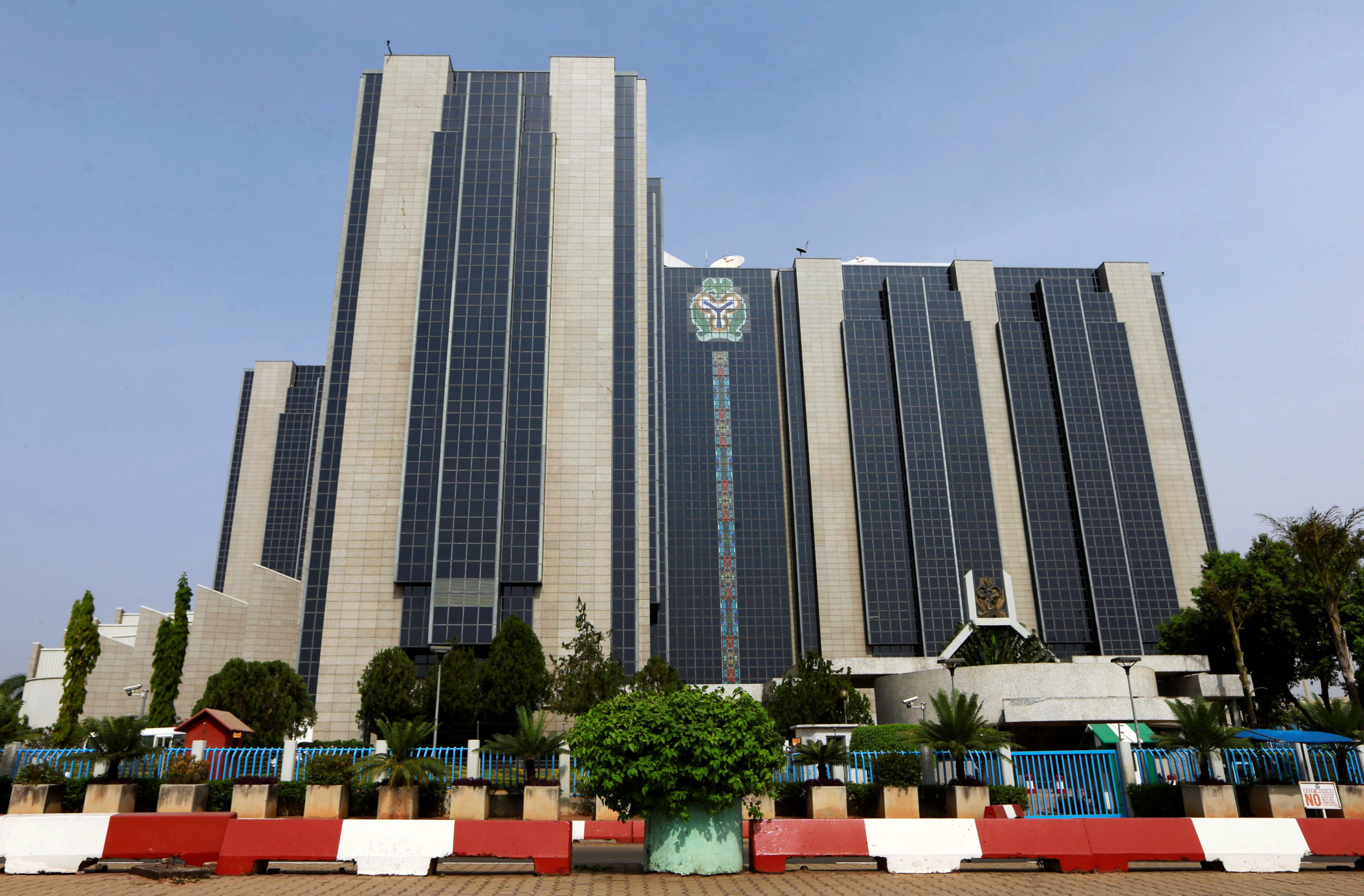By Oke Epia
Last week, the Governor of Enugu State, Peter Mbah, made a bold statement that has rekindled the debate on the energy transition around coal. For context, Enugu is literally Nigeria’s coal capital, and the resource was a crucial part of the nation’s economy until the discovery of black gold changed the game for Africa’s most populous black nation. So, by deliberate or unwitting design, but definitely unwise in any case, Nigeria abandoned coal in the ground while other countries continued extracting until climate change pulled the plug in many places.
“We cannot treat our coal as a stranded asset,” Governor Mbah told an audience convened by the Nigeria British Chamber of Commerce in Lagos. He then made what seems like a brilliant pitch: “Our target is to see how we can use our coal to generate at least 1000 megawatts of power.” But as if to pre-empt a clapback from environmentalists and climate campaigners, he quickly added: “We do have technology today that makes coal utilisation less adverse to the environment. Coal deposits in Enugu have less than 0.5 per cent sulphur content. For a lot of coal, if you have 1.0 per cent, you are still okay. But we have 0.5 per cent. Our coal is also very good for fire power plants due to its high calorific value.”
The governor’s caveat, nonetheless, climate advocates and enthusiasts will criticise this move, while sceptics and cynics will welcome it, even if to promote disinformation agendas. Depending on how the debate develops and the decisive support or opposition he receives from key stakeholders, including federal authorities, regulatory agencies in Abuja, and development partners, Governor Mbah may have just rolled the dice in the direction of climate finance. By warning that “if we have to warehouse or treat coal as a stranded asset, then there has to be a conversation on compensation,” he purports an understanding of the current dynamics of the energy transition and climate justice advocacy for the Global South.
The governor’s ‘drill baby drill’ rhetoric could not have gone unnoticed by the British Deputy High Commissioner, Mr Jonny Baxter, who spoke highly of the United Kingdom’s economic relationship with Nigeria at the event. The UK has invested millions of pounds in climate change initiatives through direct development finance and governance support. Listening to the governor talk of returning to coal mining would certainly have struck an awkward chord that must have ripped through diplomatic cables to Whitehall. The current Labour Government in London is committed to the transition away from fossil fuels. It has resisted pressures, including from Washington, to drill for oil in the North Sea. It overturned an approval for coal mining in West Cumbria granted by the previous government, although not without dissent from those who believe the country should also extract its own coal rather than import dirty energy from abroad. The contentious West Cumbria coal mine was approved to produce coking coal for the steel industry, much to the dismay of environmental campaigners who quickly launched a legal challenge, arguing that the approval failed to account for the significant carbon emissions resulting from burning the coal.
Governor Mbah is stirring a fire that can burn in different directions. For good and for ill. For people, communities and the planet. He will have to answer many questions, including: how does a return to coal impact Nigeria’s climate ambitions and attainment of Nationally Determined Contributions (NDCs)? What is the technology to mitigate the environmental effects of coal mining, and where will it come from? How will he address the social costs to communities and livelihoods? What about concerns on power generation infrastructure, grid capacity, storage and distribution? Hopefully, Governor Mbah can provide convincing answers to these and other hard questions. Otherwise, he can be said to be on a red herring in chase of other agendas.
Trends and Threads
Sustainability Reporting:
ISSA 5000 as a game-changer
The International Standard on Sustainability Assurance (ISSA) 5000, developed by the International Auditing and Assurance Standards Board (IAASB), is regarded as a game-changer for sustainability reporting.
With ESG (Environmental, Social, and Governance) commitments gaining momentum, ISSA 5000 offers businesses a consistent, flexible framework to substantiate their sustainability claims with reliable, verified data. With increasing demands from investors, stakeholders, and the public for transparency, this framework ensures ESG claims are accurate, free from material misstatements, and backed by robust assurance.
What distinguishes ISSA 5000 is its framework-neutral approach. Companies that use standards such as the Global Reporting Initiative (GRI) or local guidelines can depend on ISSA 5000 for ESG data validation. Furthermore, it adapts to different industries and organisational sizes, enabling assurance practitioners to exercise professional judgment while delivering high-quality results.
As sustainability is no longer confined to environmental concerns, ISSA 5000 adopts a holistic view, encompassing environmental, social, economic, and cultural aspects of a company’s impact. From climate change mitigation to labour practices and community relations, it assesses how businesses affect and are affected by the world. This comprehensive approach aligns with the growing emphasis on double materiality, a concept that examines both financial materiality and impact materiality—a company’s bottom line and how its operations influence external stakeholders, as well as environmental and social ecosystems. By addressing these dimensions, ISSA 5000 ensures that sustainability reporting goes beyond compliance to offer meaningful insights for stakeholders.
ISSA 5000 introduces a structured framework that ensures sustainability reporting is both credible and actionable. Its processes are designed to offer flexibility while maintaining a high standard of rigour. By addressing the complexities of ESG reporting, ISSA 5000 aims to provide clarity, consistency, and trust in sustainability assurance.
At its core, ISSA 5000 establishes two distinct levels of assurance to meet different needs and depths of scrutiny: limited assurance, which offers a moderate review validating ESG data without detailed examination; and reasonable assurance, which involves a more thorough process requiring substantial evidence to support claims, providing a deeper level of validation. These assurance levels offer companies flexibility while ensuring the credibility of their ESG disclosures.
The ISSA 5000 framework emphasises accountability and transparency to ensure that stakeholders can trust the findings and understand the credibility of the information provided. This promotes alignment with both continental and global regulatory standards, such as the Corporate Sustainability Reporting Directive (CSRD), which mandates companies to submit sustainability statements verified by independent auditors.
By enhancing credibility, transparency, and consistency, ISSA 5000 empowers businesses to align with global sustainability expectations while improving operational efficiency. It’s time for companies to embrace ISSA 5000—because the future of business depends on credible, accountable, and transparent sustainability reporting.
Washing and hushing
The climate crisis, local innovations, and the Nigerian albatross
For millions of Nigerians, climate change isn’t a distant threat; it’s a daily struggle. And it matters little whether they accept the science or not. From unpredictable rainfall crippling farmers to energy shortages that leave entire communities in darkness, the impacts are real and unyielding. Yet, amidst this turmoil, a question arises: Can home-grown technologies offer a sustainable solution, or are they merely a flicker of hope in a system that is profoundly broken?
As the world swiftly transitions to clean energy, local innovators are stepping forward with bold ideas. Public agencies like the National Agency for Science and Engineering Infrastructure (NASENI) are actively developing solutions in solar power, electric vehicles, Compressed Natural Gas (CNG), and other fields. However, a vital question remains: without the proper infrastructure, policies, political commitment, and funding, can these innovations provide sustainable solutions for Nigeria?
Consider the $325.8m solar cell plant project in Nasarawa state, for example. While developing solar technology locally is an important initial step, it must be part of a broader plan that addresses the deficiencies of Nigeria’s energy grid and distribution networks. Without this, solar panels risk becoming a niche solution rather than the transformative infrastructure Nigeria requires. By the way, not much has been heard of that project after the much-hyped public launch in 2023.
When we talk about clean energy in Nigeria, we’re not just talking about technology; we’re talking about an entire ecosystem. The challenge isn’t only about making the technology affordable; it’s about creating a system that ensures it can be accessed, maintained, and scaled across the country. Infrastructure development, policy alignment, and technical training are all equally critical. And it’s here, in the challenge of integrating these innovations into the broader policy and market system, that NASENI’s work, while commendable, needs to evolve beyond isolated innovations.
Nigeria’s policy environment remains disjointed, with a lack of coherent, long-term strategies that align with the green initiatives. Electric vehicles, for instance, will not take off without policies that provide incentives for both manufacturers and consumers. The same goes for solar energy, where a lack of regulatory clarity and consistency on subsidies or tax incentives, for instance, could deter businesses from making the leap into renewables. What is the handshake between NASENI and the NOTAP (National Office for Technology Acquisition and Promotion), for example? A fragmented and inconsistent policy environment is not only a barrier to the scale of green initiatives but also to Nigeria’s future in clean technology.
Take the electric Keke Napep tricycle as another example. While the innovation is commendable, how will these vehicles compete with the hundreds of thousands of gasoline-powered tricycles that have already been integrated into Nigeria’s transport infrastructure? And even more critically, how does NASENI plan to bring these vehicles to market at a price point that appeals to a population already struggling with inflation and poverty? These and other questions must be answered to ensure that local innovations don’t just alleviate the symptoms of climate change but also address the underlying issues of inequality that exacerbate its impact. Last week’s decision of the National Economic Council (NEC), chaired by Vice President Kashim Shettima, to adopt the agency’s solar irrigation pumps for nationwide rollout ahead of the 2025 dry season farming is a step in the right direction. But given the dynamics and perennial pitfalls of Nigeria’s policy ecosystem, will this initiative gain traction beyond the short term?
The post Enugu coal: Between an energy gambit and climate cash bait appeared first on THISDAYLIVE.


